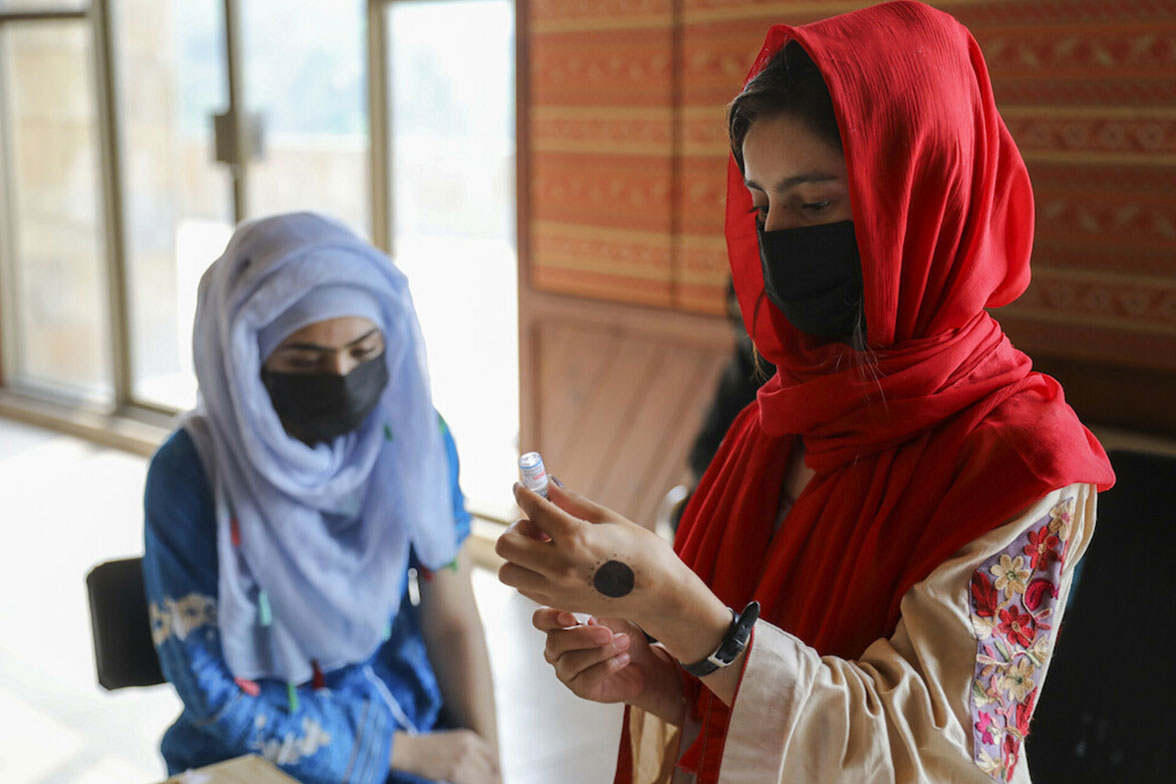Long COVID has had a brutal effect on the workforce, study finds
The post-viral condition has prevented significant numbers of employees from returning to work, especially women and those aged over 60 or with co-morbidities.
- 26 January 2023
- 3 min read
- by Priya Joi

Long COVID is still stopping substantial numbers of people from returning to the workforce, finds a study of workers' compensation claims from New York State, USA. Between 1 January 2020 and 31 March 2022, the New York State Insurers Fund analysed more than 3,000 workers' compensation claims for COVID-19.
More than a year after contracting the coronavirus, 18% of Long COVID patients had still not returned to work.
The condition is defined by the World Health Organization as the "continuation or development of new symptoms three months after the initial SARS-CoV-2 infection, with these symptoms lasting for at least two months with no other explanation." The main symptoms are a shortness of breath, fatigue and weakness, depression, anxiety, and symptoms associated with memory difficulties.
In the first two years of the pandemic, about 71% of people suffering from Long COVID required ongoing medical treatment or had been unable to find work for six months or more. More than a year after contracting the coronavirus, 18% of Long COVID patients had still not returned to work, more than three-quarters of them younger than 60 years old, the analysis found. For those over 60 years old, Long COVID meant they faced significant difficulty in returning to their regular employment, with challenges increasing with age.
Women are worst affected
As other studies have also shown, women are far worse affected than men. The percentage of Long COVID in female workers included in the study was 37%, which is 11% higher than in male workers (26%).
This gender difference has been reported often in the past couple of years, with a study in JAMA in October 2022 indicating that nearly two-thirds of people with persistent COVID-19 symptoms during the first two years of the pandemic were women.
Have you read?
Similarly, data from U.S. Census Bureau and National Center for Health Statistics from October 2022 indicated that more than 17% of women have had Long COVID at some point during the pandemic, compared with 11% of men.
Long COVID in the workplace
These findings have far-reaching implications on the workforce. Even when people return to work, perhaps because they have no other option, many deal with ongoing symptoms. Two in five sufferers continue to need care relating to Long COVID.
As other studies have also shown, women are far worse affected than men. The percentage of Long COVID in female workers included in the study was 37%, which is 11% higher than in male workers.
The report urges policymakers "to remain mindful of the ways and the magnitude to which the condition might affect women, particularly lower-income and single mothers, who are often the sole wage earners in a household".
They add that for people disproportionately affected – especially women and those older than 60 – "facilitating a return to work could make a big difference in their lives and promote the aims of health equity".
The organisation intends to probe further into findings that on the surface suggest that essential workers, such as those in healthcare or transport, have lower rates of Long COVID. This could actually be explained by these workers feeling obliged to return to work irrespective of how unwell they were feeling.
As the study concludes, Long COVID is far from the first post-viral condition to exist, as it follows on from others such as chronic fatigue syndrome and fibromyalgia, that have not received the attention or funding they deserved. "If they had, researchers might have understood much more about Long COVID than they do today."









